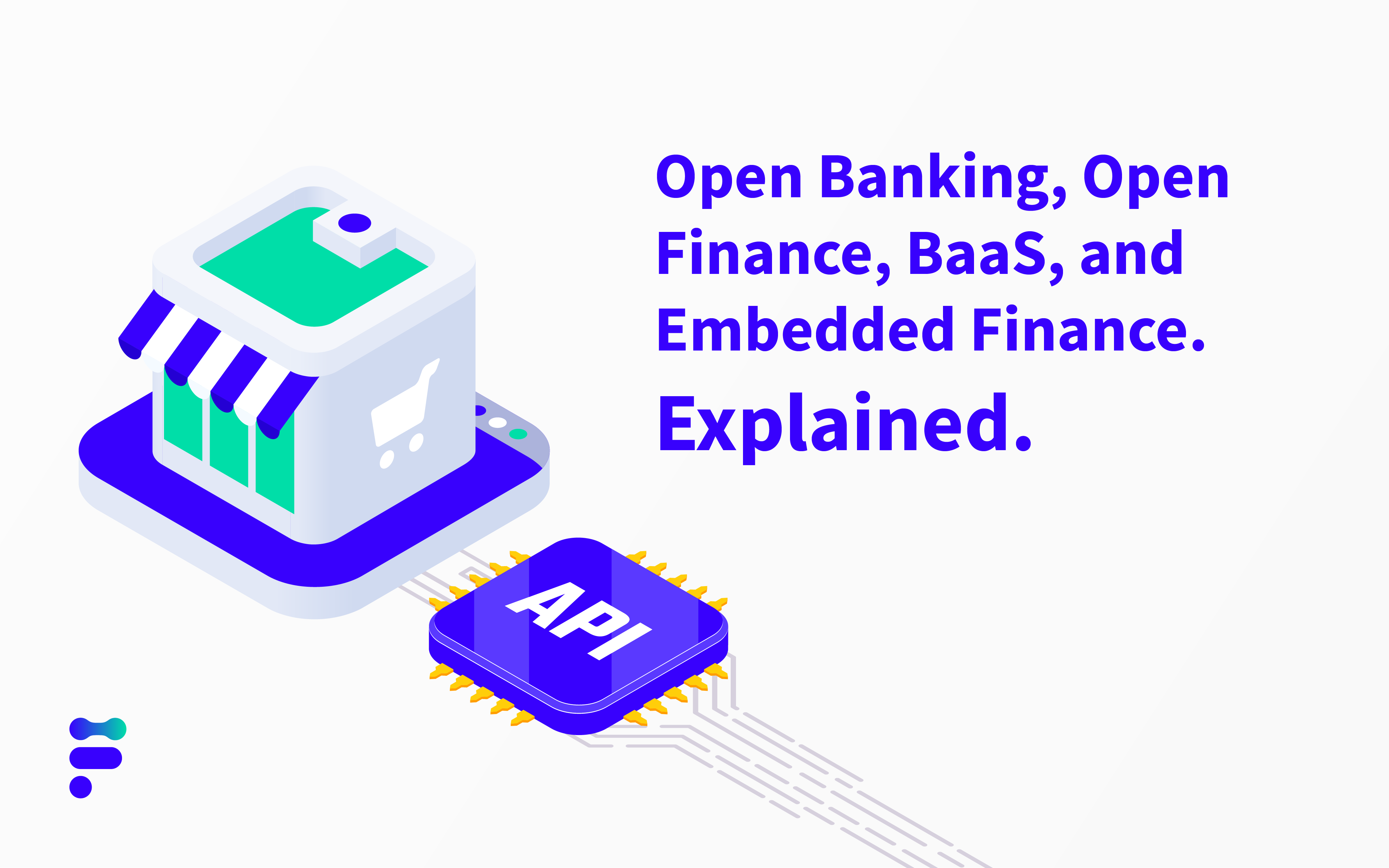
Open Banking, Open Finance, Banking as a Service, and Embedded Finance are revolutionizing the financial system. Although these business models share many similarities, they have differences that need to be pointed out.
Open Banking
Open Banking is a framework wherein banks enable third parties to access customers’ financial data through open APIs. The opportunity for banks to partner with new players leads to the offering of new products and services, and increased data transparency. By giving end users more ownership over their current and saving accounts plus credit cards, the FinTech-Bank relationship is improving the customer experience.
FinTechs are able to:
- Automate onboarding processes
- Perform credit scoring and rating
- Generate custom loyalty programs
- Provide personal finance solutions.
As Open Banking evolves, Open Finance goes a step further and considers the entire financial footprint, including mortgages, investment accounts, pensions, and insurance.

Banking as a Service (BaaS)
Following the Open Banking trend, Banking as a Service goes beyond data sharing and provides access to the full spectrum of banking products. Under this framework, traditional banks become sponsor banks, providers of core financial products such as infrastructure, payment processes, banking licenses, and others, on a white-labeled basis. Fintechs, retailers, telcos, and other non-financial companies, build products on top of the traditional banking infrastructure.
How Banking as a Service works – Explained
 While Open Banking allows third-party providers to access and utilize financial data to expand or enhance their products, Banking as a service, allows non-financial players to integrate financial services into their offerings giving birth to Embedded Finance.
While Open Banking allows third-party providers to access and utilize financial data to expand or enhance their products, Banking as a service, allows non-financial players to integrate financial services into their offerings giving birth to Embedded Finance.
Embedded Finance
Embedded Finance, also called Embedded Banking, refers to the seamless integration of traditional financial services into a non-financial app or website.
The easiest example is Uber. When the customer pays for the ride, he doesn’t use cash or a credit card; the transaction is finished up through the phone. The bank facilitating the financial service is completely invisible to the customer, giving Uber total control over the customer journey.
Embedded Finance is so appealing that cross-industry integration ensures a holistic and direct interaction with the final user. According to Business Insider, embedded finance will be a dominant trend by 2030, representing a global market opportunity of US$ 7.2 trillion.
The Future is Open!
The Open Banking business model and all its nuances is ramping up. After all, the Open Banking has been proven to deliver a better customer experience, customer retention, and new revenue streams while providing users a more transparent and holistic view of their finances. We expect the demand for Open Banking to only grow from here, and its benefits to accrue.
Ready to move forward?
Our Open Banking platform is designed to support all institutions ready to leapfrog and embrace these business models. Our proven turnkey solution will support your digital strategy end-to-end.
FinConecta is a global technology company that brings together digital solutions and businesses in the financial world and beyond. Our platform, 4wrd, accelerates digital transformation, innovation, and open banking, facilitating different use cases and new business opportunities.
Follow us on social media @finconecta
Contact us at contact@finconecta.com

